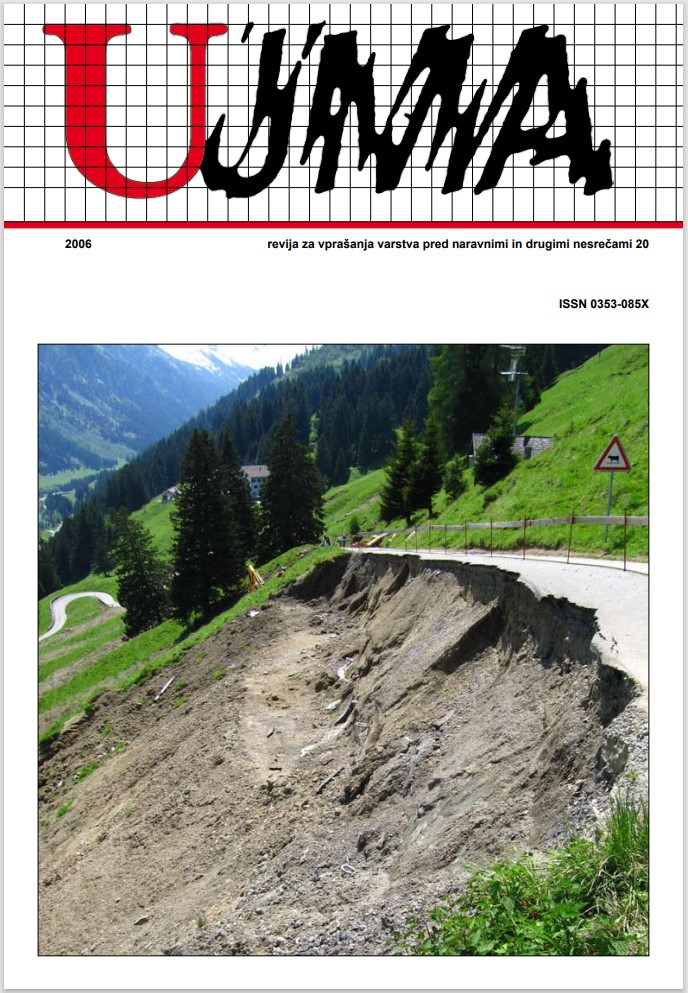MEDICAL CONSIDERATIONS IN THE USE OF HELICOPTERS IN MOUNTAIN RESCUE
Abstract
The article reflects the consensus of opinion of the International Commission for Mountain Emergency Medicine ICAR-MEDCOM, which has full responsibility for the content. The outcome of patient care can be dramatically improved by bringing rapid rescue-medical care to a mountain rescue scene and by rapid transport to a medical facility. The use of a helicopter for these purposes is common. It is necessary when there are clear advantages for victims in comparison with ground rescue and transport. Helicopters should work within the existing emergency medical system and must be staffed by appropriate mountain rescue and medically-trained personnel. Activation time should be as short as possible. Activation of a helicopter for a mountain rescue should primarily include indication, assessment of flight and safety conditions. No other mediators of delaying factors should be permitted. The main safety criteria are appropriate mountain rescue and flight training, competence of crew, radio communication between the air and ground crew, mission briefing before the rescue. Criteria for a helicopter used for mountain rescue are proper medical and rescue equipment, load capacity, adequate space etc. There are two main groups of indications for use of a helicopter for mountain rescue – according to the patient’s condition and the circumstances at the site of the accident. All persons responsible for the activation of a helicopter rescue operation should be aware of the specific problems in the mountains or wilderness.
References
Advanced Cardiovascular Life Support. Resuscitation, 2000, 46: 103–120.
American College of Emergency Physicians. Emergency care guidelines. Ann Emerg Med 1997, 29: 564–571.
Burillo-Putze, G., Duarte I. H., Alvarez Fernandez, J. A., 2001. Helicopter emergency medical service in Spain. Air Med J, 20: 21–3.
Dalton, A. M., Botha, A., Coats, T., Spalding, T., Hodkinson, S., Warren, C., Hodgson, R., 1992. Helicopter doctors? Injury, 23, 249–50.
Demartines, N., Meyer, C., Scheidegger, D., Harder, F., 1991. Helicopter and emergency physician at the accident site. Medicine comparison between altitude and flat land emergency care. Helv Chir Acta, 58: 223–7.
Durrer, B., 1993. Characteristics of emergency therapy in mountain accidents. Ther Umsch, 50: 228–33.
Gabram, S. G., Jacobs, L. M., 1990. The impact of emergency medical helicopters on prehospital care. Emerg Med Clin North Am, 8: 85–102.
Gearhart, P. A., Wuerz, R., Localio, A. R., 1997. Cost-effectivness analysis of helicopter EMS for trauma patients. Ann Emerg Med, 30: 500–6.
Hoefliger, C., 1997. Swiss Air Rescue: REGA. In: Earlam R ed. Trauma Care. Hertfordshire: Saldatore ltd., 53–6.
Huguenard, P., 1997.Services de l’aide Medicale Urgente en France: SAMU. In: Earlam R ed. Trauma Care. Hertfordshire: Saldatore ltd., 49–52.
Kugler, G., 1997. Concept of the Air Rescue System in Germany (ADAC). In: Earlam R ed. Trauma Care. Hertfordshire: Saldatore ltd., 45–6.
Marsden, A., 1997. Patient Air Transport in Scotland: An Integrated Service. In: Earlam R ed. Trauma Care. Hertfordshire: Saldatore ltd., 35–6.
Marsigny, B., Lecoq-Jammes, F., Cauchy, E., 1999. Medical mountain rescue in the Mont Blanc massif. Wilderness Environ Med, 10: 152–6.
Powell, D. G., Hutton, K., King, J. K., Mark, L., McLellan, H. M., McNab, J., Mears, D., 1997. The impact of a helicopter emergency medical services programs on potential morbidity and mortality. Air Med J, 16: 48–50.
Rammlmair, G., Zafren, K., Elsensohn, F., 2002. Qualifications for Emergency Doctors in Mountain Rescue Operations. In: Elsensohn, F. (ed). Consesus Guidelines in Mountain Emergency Medicine and Risk Reduction. Lecco: Casa Editrice stefanoni, 65–70.
Rhodes, M., Perline, R., Aronson, J., Rappe, A., 1986. Field triage for on-scene helicopter transport. J Trauma, 26: 963–9.
Stolpe, E., 1997. The First Air Rescue Service in Germany: Christoph 1. In: Earlam R ed. Trauma Care. Hertfordshire: Saldatore ltd., 46–7.
Tomazin, I., 2001. Activation and Rational Use of Rescue Helicopters. In: Elsensohn, F. (ed). Consensus Guidelines on Mountain Emergency Medicine and Risk Reduction. Lecco: Casa Editrice stefanoni, 85.
Trunkey, D., 1995. Trauma Systems. A model for Regionalized Care. JAMA, 273: 421–2.
Tryba, M, Bruggemann, H., Echtermeyer, V, 1980. Klassifizierung von Erkrankungen und Verletzungen im Notarztrettungssystem. Notfallmed, 8: 725.
Weiss, M., Bernoulli, L., Zollinger, A., 2001. The NACA scale. Construct and predictive validity of the NACA scale for prehospital severity rating in trauma patients. Anasthesist, 50: 150–154.
Wuerz, R., Taylor, J., Smith, J. S., 1996. Accuracy of trauma triage in patients transported by helicopter. Air Med J, 15: 168–70.
Downloads
Published
Issue
Section
License

This work is licensed under a Creative Commons Attribution-NonCommercial-NoDerivatives 4.0 International License.
The articles are made available to the public under Creative Commons Attribution-NonCommercial-NoDerivatives 4.0 International (CC BY-NC-ND 4.0).


